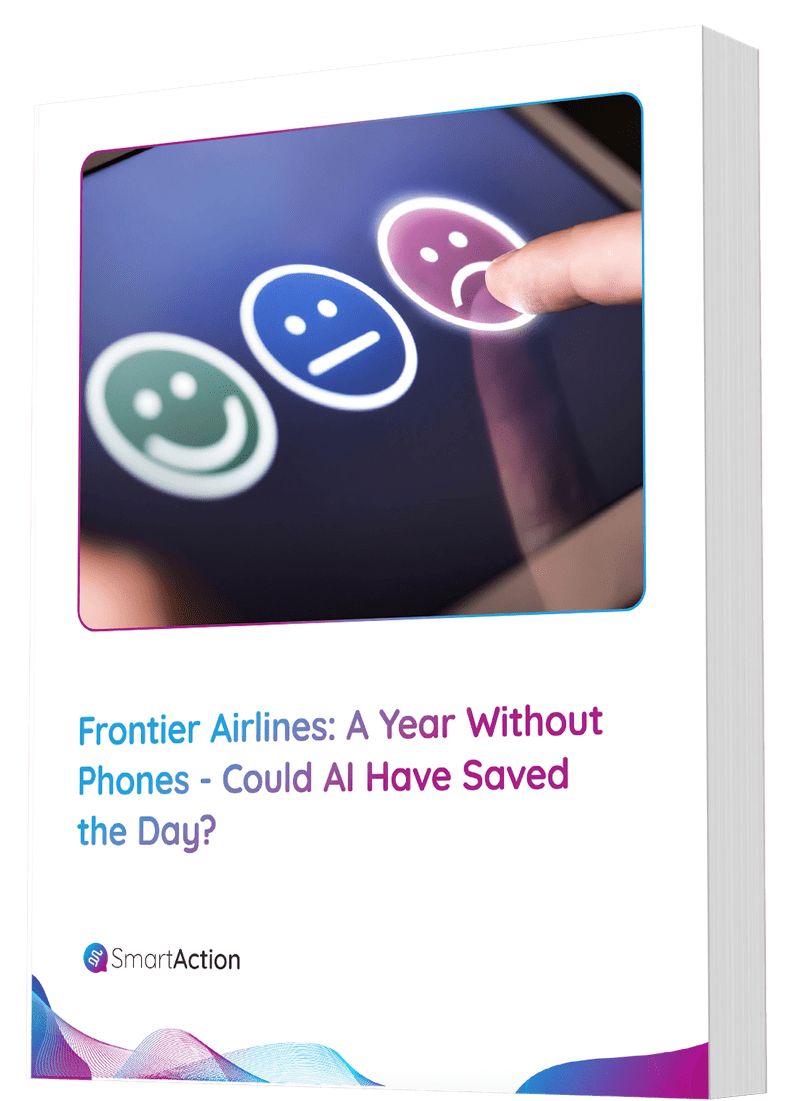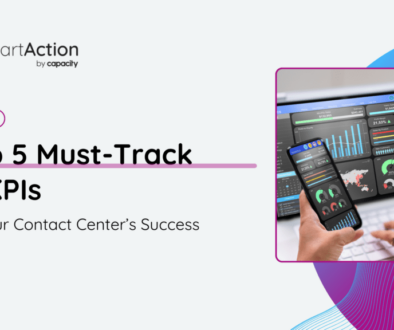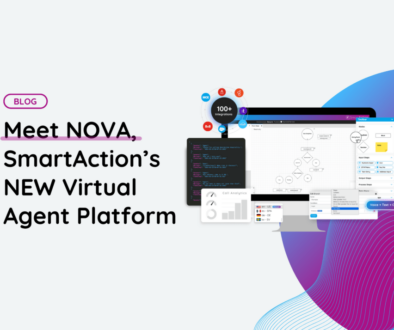Machine Learning in Customer Service
As we enter into 2017, artificial intelligence leads the way from a tech perspective. With household names like Google and Amazon continuing to produce new iterations of AI technology, a recent article in Geek highlights how machine learning plays into the effectiveness and true power of AI. In the article, Google Translate offers a fine example of machine learning, but it is not one that translates (pun intended) into the customer service world.
From a customer service perspective, AI that uses machine learning has begun to enter the contact center. For voice applications, machine learning plays an important role in the ability of the system to detect and understand speech. Historically, these are two of the biggest challenges of IVR, and much of the struggle has to do with the lack of intelligence of older legacy systems. They don’t get better with time, but newer intelligent systems that incorporate machine learning do improve.
Speech detection has to do with the starting and stopping of speech; in other words, when a customer starts talking and stops talking. This can be very difficult due to background noise and/or low quality audio connections. But machine learning allows the system to more accurately distinguish between customer speech and background noise by analyzing the millions of utterances and conversations across millions of calls. This big data approach helps the system to better detect speech (vs. other sounds), and with experienced software engineers to tune the system, the system will continuously learn and improve over time.
Speech recognition, the second challenge, is identifying the words that a customer says. Machine learning can be utilized in a very similar way as with speech detection, by analyzing large numbers of utterances and training the system on the acoustic and syntactic characteristics of them. As more correct examples are obtained to train the system, it performs better over time.
At the next level up, natural language understanding (NLU) is the ability to extract meaning and intent from the words that have been recognized. NLU can also benefit from machine learning by using correct and incorrect examples to update its models and improve accuracy.
Like big data analysis in general, the benefits of machine learning are that it takes the massive human effort out of the equation, providing intuitive results that don’t take a ton of time. In the end, speech detection, speech recognition, and natural language understanding are enormously important capabilities that can impact a customer service call. If each of these capabilities is excellent and constantly improving, it can help to create better and better customer experiences for callers.






